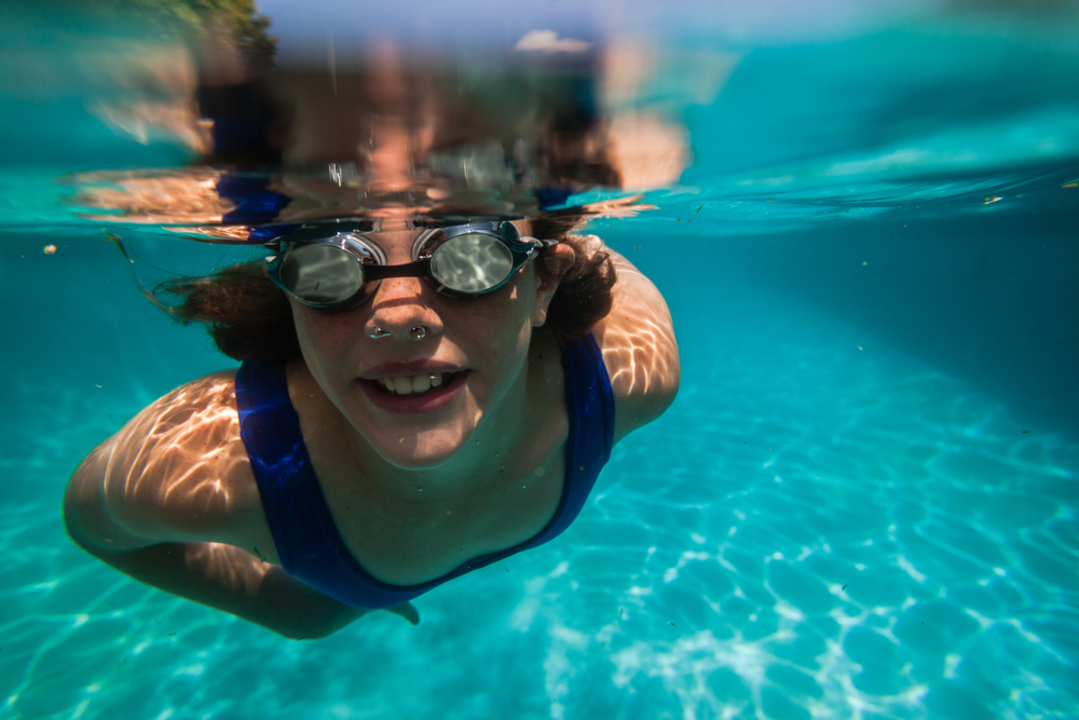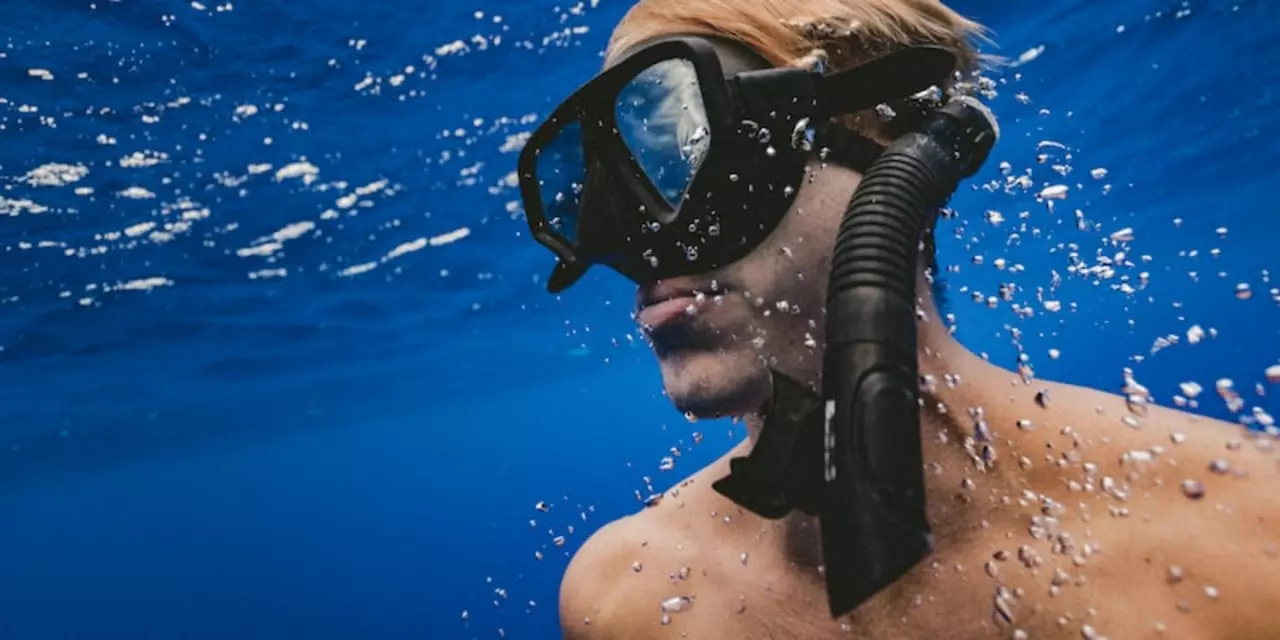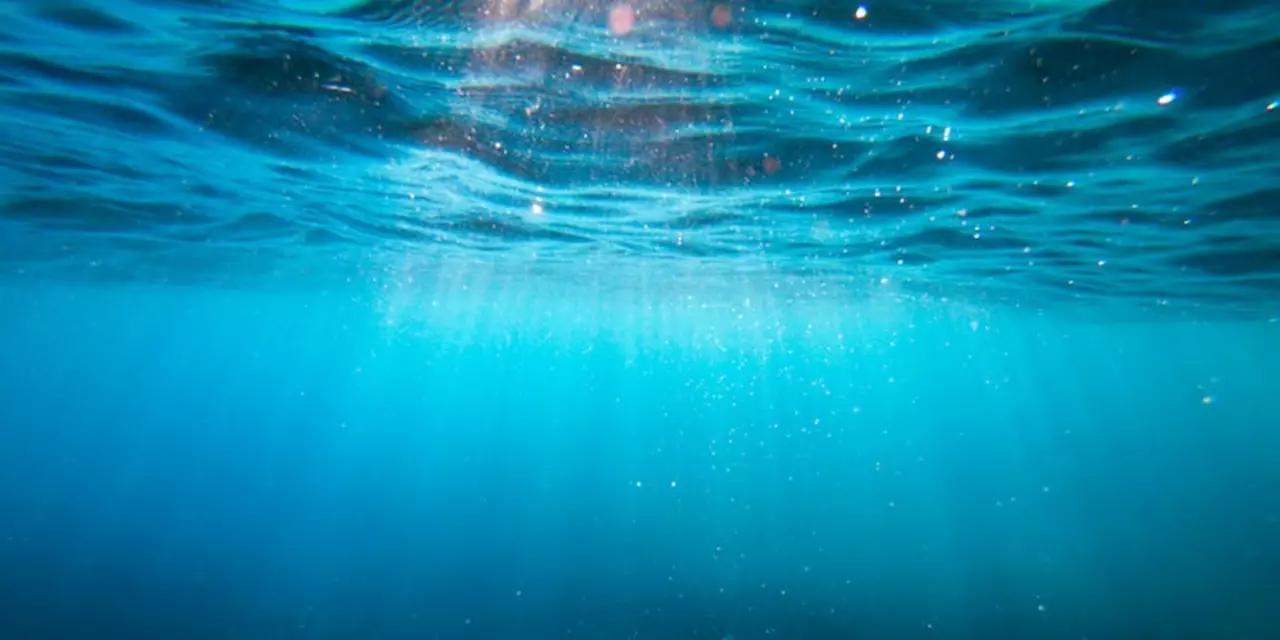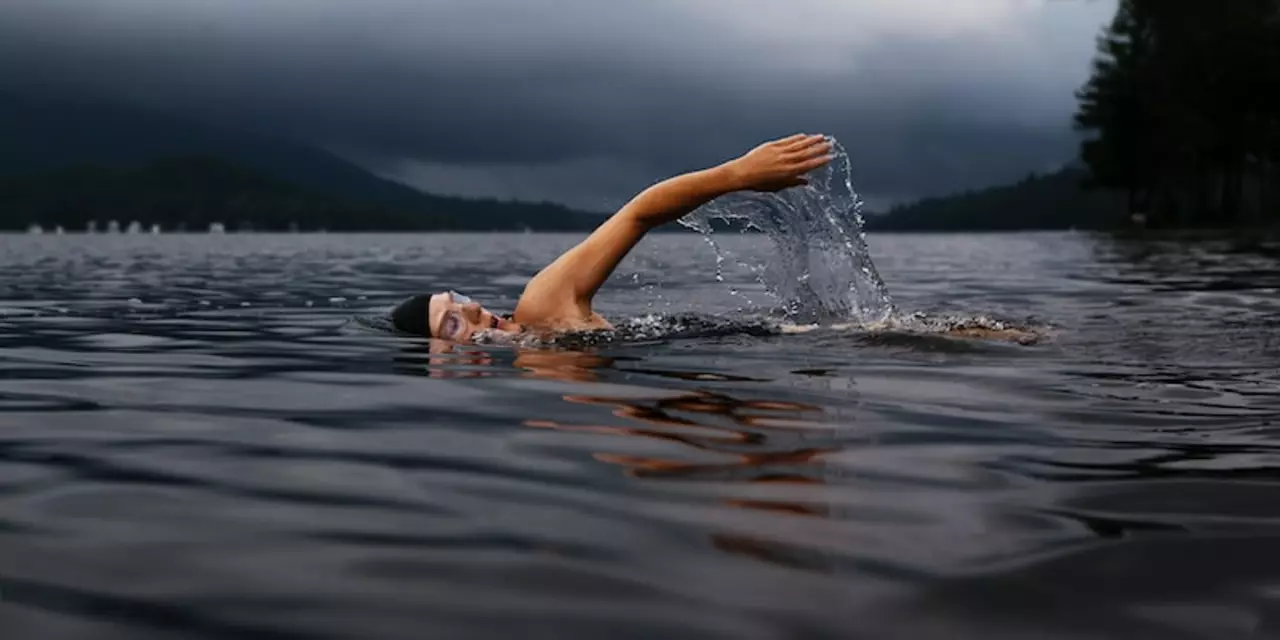Swimming in Sutton – Your Go‑To Guide
If you love splashing around or want to start, Sutton has plenty of places to swim. From city pools to club teams, there’s something for beginners, families and serious swimmers. This guide shows where to go, what to expect and how to get the most out of each session.
Local swimming clubs and pools
First stop: the Sutton Leisure Centre. It offers a 25‑meter lane pool, a splash area for kids and adult classes three times a week. Membership is cheap, and you can book lanes online. Next up, the Riverbank Swim Club meets at the community centre pool on Tuesday evenings for lap training and social swims.
If you prefer open water, the River Wandle has a safe stretch for summer swims. The club runs a weekly group that checks weather, water quality and safety gear. Joining them means you meet other swimmers who love the river vibe.
Schools also open their pools after hours. Sutton High and Greenwood Academy let the public use their facilities for a small fee. These pools are quieter than the main centre, ideal for focused workouts.
Tips to get the most out of your swim
Bring a simple kit: swimwear, goggles, a cap and a towel. A cap keeps hair out of the water and helps you see faster. If you’re new, ask the lifeguard for a quick demo on how to use the lane markers and start/stop signals.
Warm‑up before you hit the lanes. A few minutes of arm circles, shoulder rolls and light jogging on the deck boost circulation and cut down on cramps. Start with easy laps, then add a few faster ones to build stamina.Track your progress. Write down the number of laps, time and how you felt after each session. Over a few weeks you’ll see improvement and stay motivated.
Stay safe by watching the pool rules. No running, no diving in shallow ends, and always respect the lifeguard’s signals. If you’re swimming in the river, wear a buoyancy aid and never swim alone.
Mix in fun activities. Try water aerobics, splash games for kids or a friendly race with a buddy. Keeping it playful makes you look forward to the next visit.
Finally, connect with the community. Follow Sutton Sports Hub on social media for event updates, meet‑ups and local swim meets. Joining a meetup group gives you friends who share the same water love.
Whether you’re training for a competition or just want a low‑impact workout, Sutton’s swimming options fit every schedule and skill level. Grab your gear and head to the nearest pool – the water’s waiting.
How to swim in the sea without goggles?
- Kieran Lockhart
- on Apr 4 2023
- 0 Comments
Swimming in the sea without goggles can be a thrilling experience! It can also be dangerous as it can be difficult to see underwater. To stay safe, it's best to swim in areas where the water is shallow and there are no rocks or debris. To make sure you don't lose your bearings, keep the shoreline in sight and use the sun or moonlight as a reference point. Before you dive in, take a few moments to familiarize yourself with the surroundings, so that you can swim confidently and safely. With a little practice and some common-sense safety, you can have a great time enjoying the sea without goggles.
When did the gallop stroke become popular in elite swimming?
- Kieran Lockhart
- on Mar 7 2023
- 0 Comments
The gallop stroke, also known as the Australian crawl, became popular in elite swimming during the 1920s. It was first introduced in the United States by Harold Hardwick, an Australian swimmer who competed in the 1912 Olympics. The stroke was popularized by Duke Kahanamoku, an American swimmer who won multiple Olympic gold medals. The gallop stroke was faster and more efficient than the traditional breaststroke, and it soon became the preferred stroke for competitive swimmers. Over time, the stroke was refined and perfected, leading to even greater success for its practitioners.
Do swimming goggles get worn out?
- Kieran Lockhart
- on Feb 17 2023
- 0 Comments
Swimming goggles are essential for swimmers to protect their eyes from chlorine and other chemicals found in swimming pools. However, goggles can become worn out over time, thus reducing their effectiveness. Signs of wear and tear include fogging up, reduced clarity, leaking, and stretching. Proper care can help extend the life of goggles and make them more comfortable to wear. It is also important to replace them after a few months of use to ensure proper protection.
How deep can sharks swim in the ocean?
- Kieran Lockhart
- on Feb 14 2023
- 0 Comments
Sharks are some of the most impressive creatures in the ocean, and can dive to incredibly deep depths. The average depth that sharks can reach is around 2,000 feet, though some species are known to dive much deeper. The deepest recorded dive is an astonishing 10,000 feet, achieved by a Greenland shark. The pressure of the deep ocean can put a lot of strain on a shark's body, and for this reason, most sharks tend to stay in shallower waters. Sharks can also be found in a variety of ocean habitats, from shallow estuaries to the deepest parts of the ocean.
Is it too late for a 22 years old to learn swimming?
- Kieran Lockhart
- on Feb 7 2023
- 0 Comments
This article discusses whether it is too late for a 22 year old to learn to swim. The article outlines the benefits of swimming, such as improved coordination, strength, and overall fitness. It also discusses the difficulty of learning to swim as an adult, but notes that it is possible with the right guidance and instruction. It also provides advice on how to find the right instructor and practice regularly. In conclusion, it is never too late to learn to swim, and with the right guidance and support, adults can learn to swim successfully.




